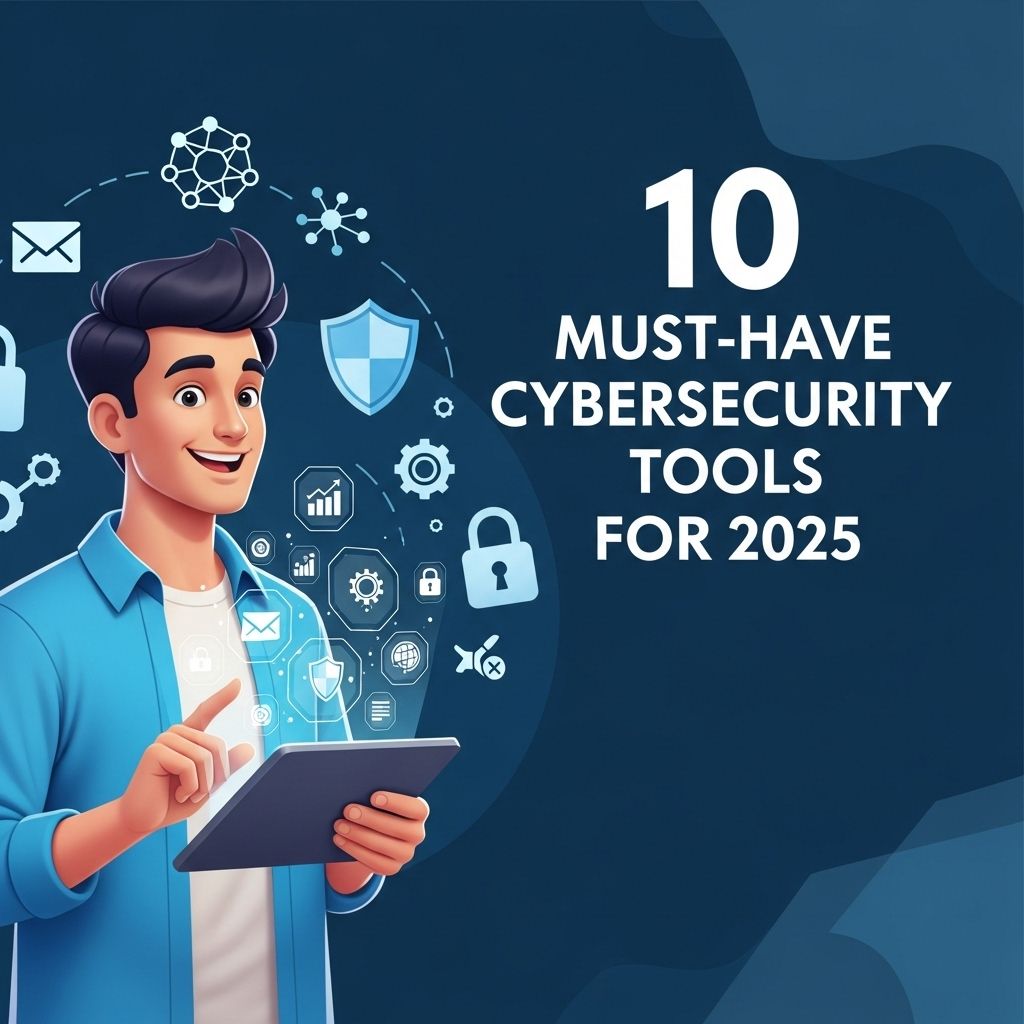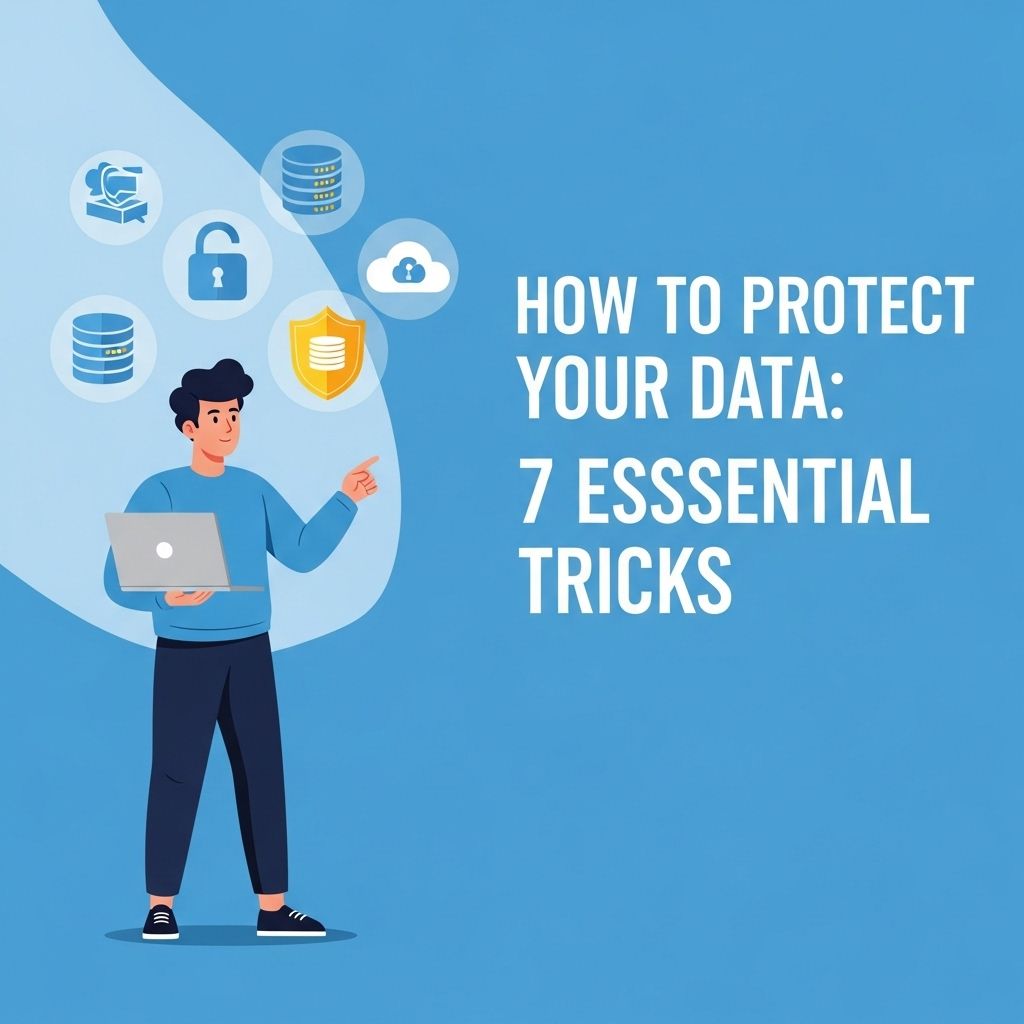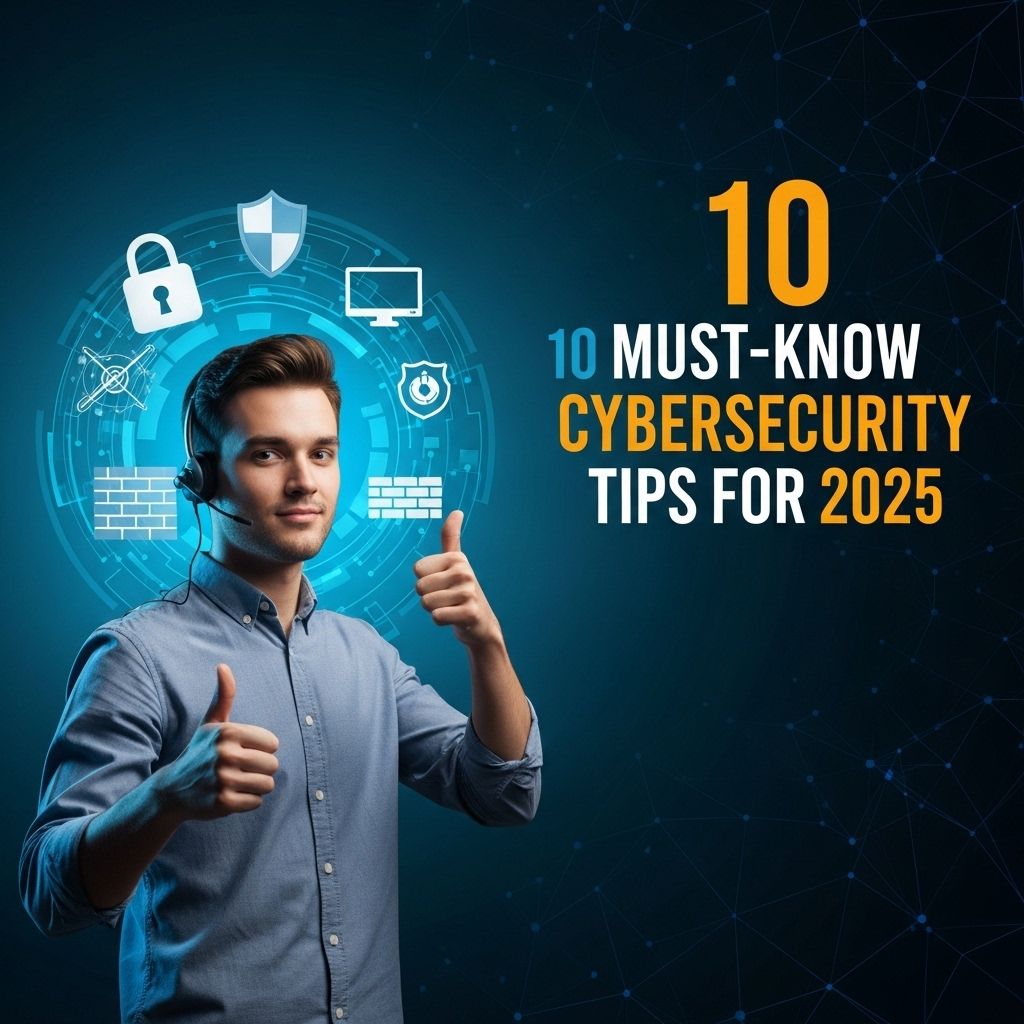As cyber threats continue to evolve and become increasingly sophisticated, the importance of robust cybersecurity measures cannot be overstated. Organizations must remain vigilant and proactive in securing their networks and sensitive data. In 2025, the landscape of cybersecurity tools will have adapted to meet these challenges, offering advanced solutions designed to combat a myriad of threats. This article explores ten must-have cybersecurity tools that businesses and individuals should consider integrating into their security arsenals to stay ahead of cybercriminals.
1. Next-Generation Firewalls (NGFW)
Next-generation firewalls provide advanced capabilities beyond traditional firewalls, including:
- Application awareness
- Intrusion prevention systems (IPS)
- Deep packet inspection
- Integrated threat intelligence
By offering comprehensive visibility into application activity and potential threats, NGFWs help organizations establish a stronger defense against sophisticated attacks.
2. Endpoint Detection and Response (EDR)
As the number of endpoints in organizations increases, so does the need for robust endpoint protection. EDR solutions provide real-time monitoring and response capabilities for all endpoints, enabling:
- Continuous data collection
- Behavioral analysis to detect anomalies
- Automated response mechanisms to isolate threats
These tools are essential for rapid identification and mitigation of endpoint threats.
3. Security Information and Event Management (SIEM)
SIEM tools aggregate and analyze security data from various sources, allowing organizations to:
- Identify security incidents in real-time
- Comply with regulatory requirements by maintaining logs
- Enhance threat detection through machine learning
In 2025, SIEM solutions will further leverage AI and machine learning for predictive analytics, helping security teams anticipate potential breaches.
4. Threat Intelligence Platforms
Threat intelligence platforms provide organizations with the insights needed to understand the threat landscape better. Key features include:
- Real-time data on emerging threats
- Integration with existing security solutions
- Collaboration capabilities with other organizations
Using these platforms, organizations can enhance their proactive defense strategies by staying informed about the latest threats and vulnerabilities.
5. Multi-Factor Authentication (MFA)
MFA is critical for protecting user accounts against unauthorized access. Common methods of MFA include:
| Factor Type | Description |
|---|---|
| Something you know | Passwords or PINs |
| Something you have | Smartphones or hardware tokens |
| Something you are | Biometric data like fingerprints or facial recognition |
Implementing MFA significantly reduces the risk of account compromise, making it a must-have in 2025.
6. Cloud Access Security Brokers (CASB)
As organizations increasingly migrate to the cloud, CASBs become essential for ensuring data security and compliance. They offer:
- Data loss prevention (DLP)
- Visibility into cloud service usage
- Threat protection across multiple cloud platforms
With a CASB, organizations can manage and secure their cloud services effectively.
7. Vulnerability Management Tools
Regularly identifying and addressing vulnerabilities is crucial for maintaining a strong security posture. Vulnerability management tools assist organizations in:
- Scanning for vulnerabilities across networks and applications
- Prioritizing remediation efforts based on risk
- Reporting on compliance and security posture
In 2025, these tools will incorporate more advanced analytics to predict potential exploits.
8. Incident Response Platforms
In the event of a security incident, having an effective response plan is vital. Incident response platforms provide:
- Playbooks for standardized incident handling
- Collaboration tools for incident response teams
- Automation capabilities to streamline response efforts
These platforms help organizations minimize the impact of security incidents through swift and coordinated responses.
9. Data Encryption Tools
Data encryption tools protect sensitive data from unauthorized access, both at rest and in transit. Implementing encryption helps organizations:
- Comply with data protection regulations
- Safeguard data integrity
- Mitigate risks associated with data breaches
In 2025, advances in encryption technology will ensure even stronger protections for data.
10. Security Orchestration, Automation, and Response (SOAR)
SOAR platforms enable security teams to streamline their processes by automating repetitive tasks. Key benefits include:
- Faster incident response times
- Reduced workload on security analysts
- Improved collaboration among security tools
By integrating SOAR, organizations can enhance their operational efficiency and strengthen their overall cybersecurity posture.
Conclusion
As cyber threats advance, the need for a comprehensive cybersecurity toolkit becomes increasingly critical. The ten tools outlined above represent the forefront of cybersecurity technology in 2025. By implementing these tools, organizations can better protect themselves from an ever-evolving threat landscape, ensuring that their sensitive data and network infrastructure remain secure.
FAQ
What are the top cybersecurity tools for 2025?
The top cybersecurity tools for 2025 include advanced endpoint protection, SIEM solutions, threat intelligence platforms, firewall and intrusion prevention systems, and secure access service edge (SASE) technologies.
Why is endpoint protection crucial for cybersecurity in 2025?
Endpoint protection is crucial for cybersecurity in 2025 because it helps safeguard devices against malware, ransomware, and other threats that exploit vulnerabilities in endpoints.
How can threat intelligence platforms enhance security strategies?
Threat intelligence platforms enhance security strategies by providing real-time data on emerging threats, allowing organizations to proactively defend against potential attacks.
What role do SIEM solutions play in cybersecurity?
SIEM solutions play a vital role in cybersecurity by aggregating and analyzing security data from various sources, enabling organizations to detect, respond to, and mitigate threats more effectively.
What is secure access service edge (SASE) and why is it important?
Secure access service edge (SASE) is a network architecture that combines network security functions and WAN capabilities into a single cloud-based service, essential for securing remote workforces and distributed networks in 2025.
How can organizations prepare for future cybersecurity threats?
Organizations can prepare for future cybersecurity threats by investing in advanced tools, conducting regular security training for employees, and establishing an incident response plan.




